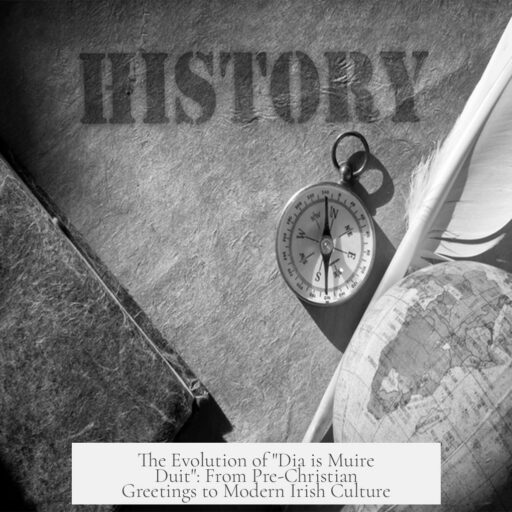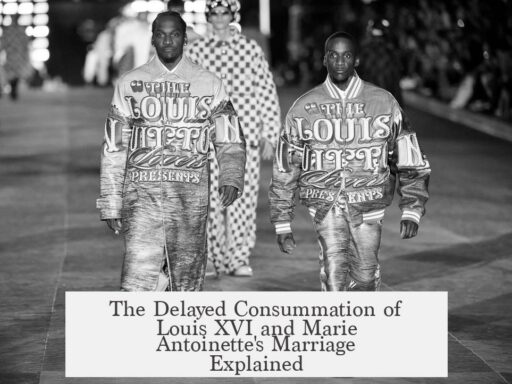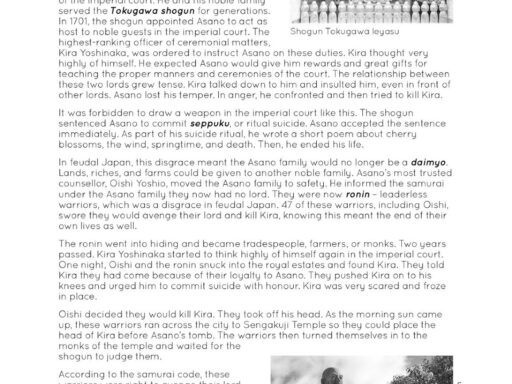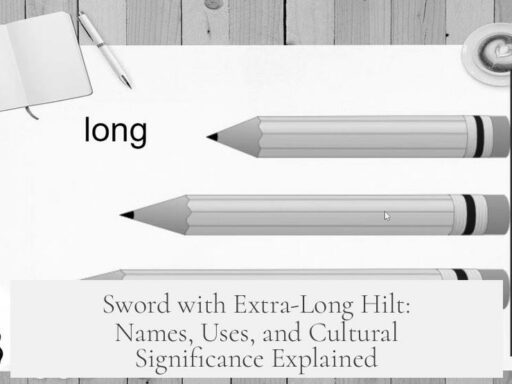The Irish greeting “Dia is Muire duit,” meaning “God and Mary be with you,” developed as a distinctly Christian expression following Ireland’s conversion to Christianity. It reflects the integration of religious figures—God, the Virgin Mary, and sometimes St. Patrick—into everyday salutations. Pre-Christian Irish greetings remain unknown due to lack of surviving records.
The phrase Dia is Muire duit combines a divine blessing with invocation of Mary, the mother of Jesus. It differs from the mistaken reading “marry” and is occasionally extended to Dia is Muire is Pádraig duit, adding St. Patrick’s name. This addition highlights the importance of St. Patrick as Ireland’s patron saint and a central figure in its Christian heritage.
The greeting’s Christian character reflects the profound cultural shift after Ireland’s conversion between the 5th and 6th centuries CE. Before Christianity, Irish society practiced indigenous pagan religions, but no direct evidence survives detailing typical verbal greetings. Linguistic and historical studies, including discussions by historians and Celtic scholars, suggest that pre-Christian salutations are lost to history.
Attempts to identify pre-Christian greetings often yield inconclusive results. Sources like the 2013 AskHistorians discussion confirm that reliable information on how people greeted each other before Christian influence does not exist. The known greetings are products of Christian doctrine and liturgical language, which replaced earlier forms.
| Aspect | Details |
|---|---|
| Literal meaning | “God and Mary be with you,” invoking Christian figures |
| Extended form | “Dia is Muire is Pádraig duit,” adding St. Patrick |
| Development period | Post-Christianization of Ireland (5th–6th century onward) |
| Pre-Christian greetings | Unknown; no surviving records or consensus |
In summary:
- “Dia is Muire duit” originates from Christian influence, not earlier Irish tradition.
- The greeting explicitly calls on God, Mary, and sometimes St. Patrick for blessing.
- Pre-Christian greetings remain undocumented and speculative at best.
- The phrase reflects Ireland’s religious transformation rather than continuity from pagan customs.
The Irish Greeting “Dia is Muire Duit”: How Did It Develop and What Came Before?
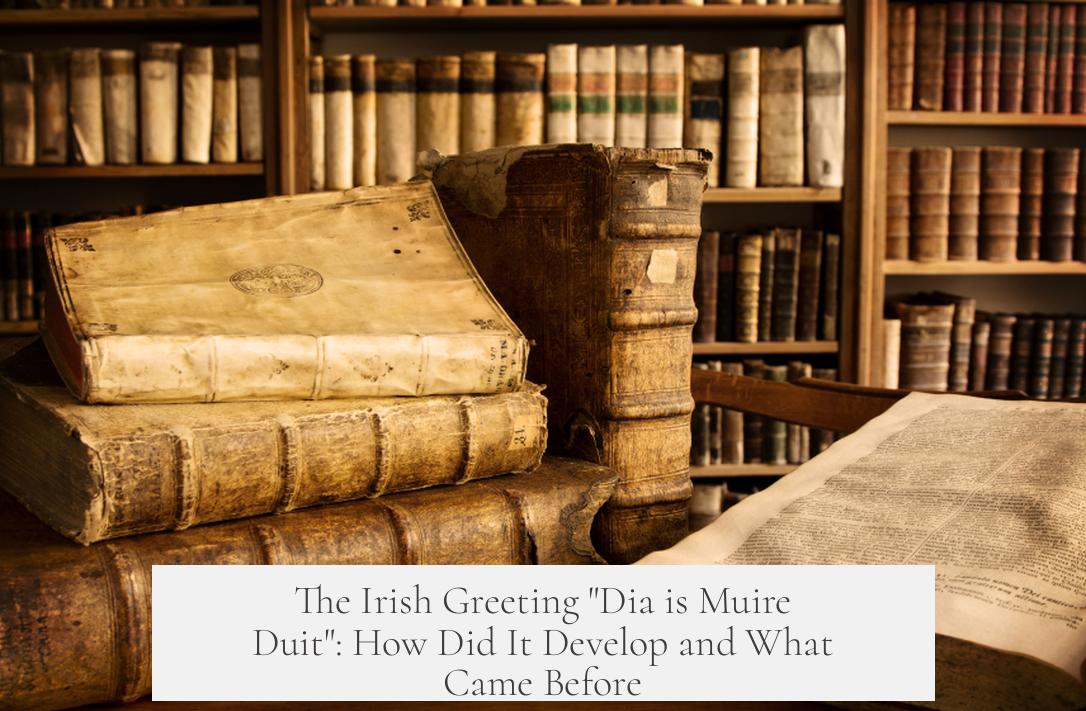
Ever heard the Irish phrase “Dia is Muire duit” and wondered what it really means? If you thought it meant “God and marry be with you,” it’s time for a quick correction. The phrase literally means “God and Mary be with you.” Yes, Mary—not marry. This subtle detail reveals the deep Christian roots embedded in Irish greetings today. Let’s unravel how this phrase developed and peek into the foggy past of pre-Christian Ireland to explore what they might have said before, if anything we know.
Understanding “Dia is Muire Duit”: More Than Just a Hello
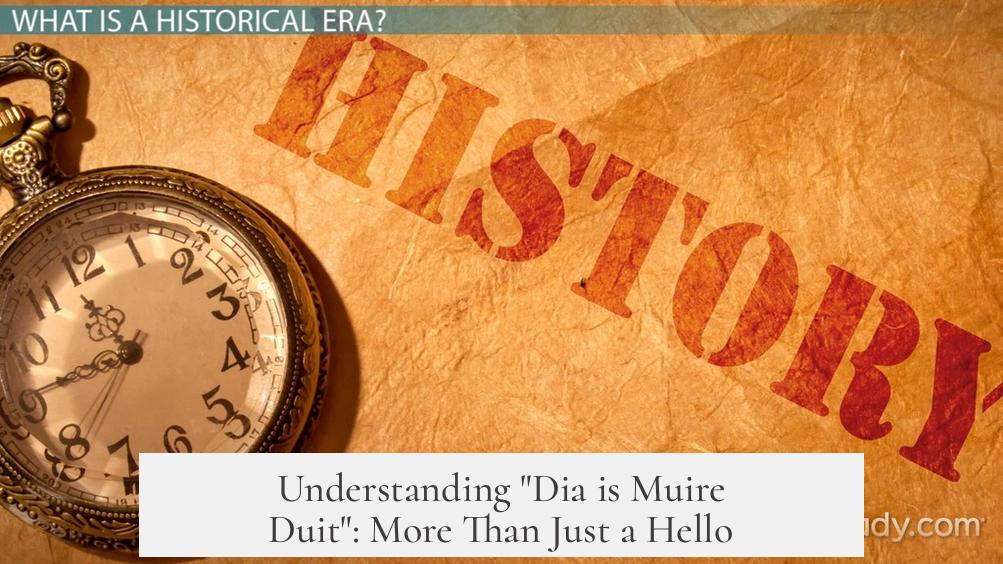
The phrase “Dia is Muire duit” combines two sacred figures: God (Dia) and the Virgin Mary (Muire). It’s not just a casual greeting; it’s a blessing layered with religious significance. Sometimes, this phrase is extended to “Dia is Muire is Pádraig duit”, including St. Patrick, Ireland’s patron saint famous for bringing Christianity to the island.
This isn’t just small talk. It’s carrying forward a centuries-old tradition where invoking divine protection was part of everyday politeness. When someone says “Dia is Muire duit”, they’re wishing you divine company, far beyond a simple “hello.”
Christianity’s Mark: How This Greeting Came to Be
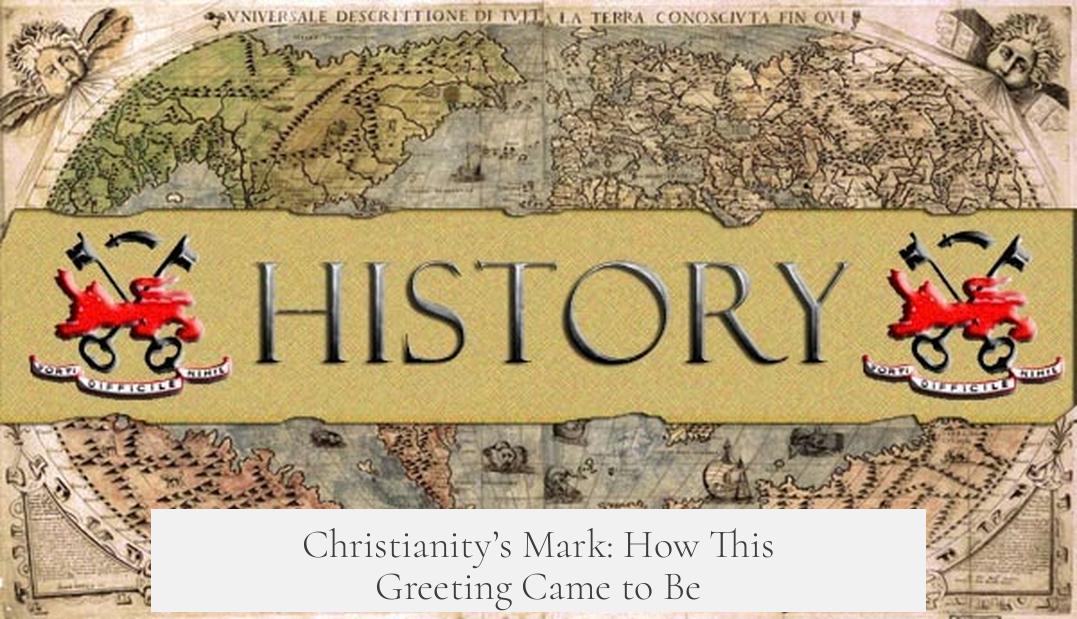
This phrase didn’t just spring up overnight. It developed after Christianity took firm root in Ireland, starting around the 5th century AD. Before then, Ireland was steeped in Celtic pagan traditions and a different worldview altogether.
Think about it: Who else but the early Christian missionaries and scholars would link greetings to God, Mary, and St. Patrick? The influence is undeniable. St. Patrick himself symbolizes the Christian conquest of previous beliefs, making his name’s inclusion a natural step as Christian Ireland shaped the language.
In many ways, the greeting represents a cultural fusion—once pagan land, now singing under a Christian sky. Using saints and holy figures in greetings reinforced faith in daily life and helped spread Christian ideals. Plus, it gave the language a unique Irish flair that remained vibrant.
And What About Pre-Christian Ireland?
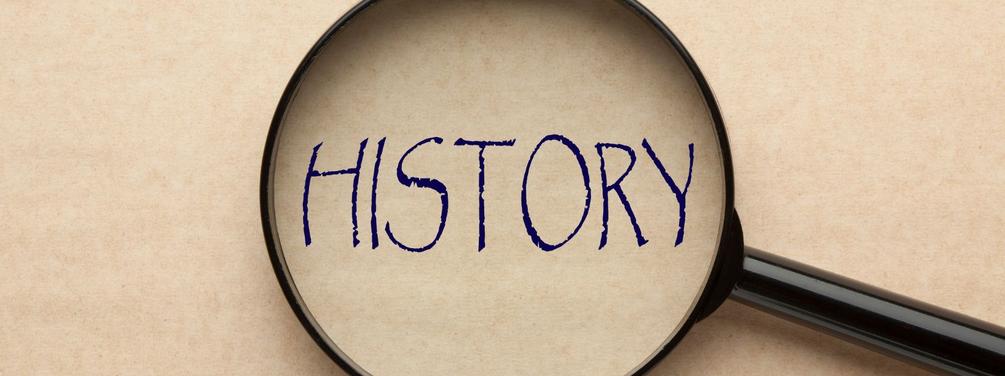
Now, here’s where things get really interesting—and a bit mysterious. How did ancient Irish folk greet each other before Christianity? The answer: we just don’t know.
There’s no solid record of typical greetings from pre-Christian Ireland. Much of that history is lost to time, oral traditions, and the sweeping tides of cultural change. Some enthusiasts have dived into medieval manuscripts and old folklore, but the consensus is clear: the Dia dhuit family of greetings only came into common use with Christianity’s arrival.
It’s a reminder that language constantly evolves, shaped by shifting beliefs and influences. The silence on pre-Christian salutations might hint at informal greetings or expressions tied to kinship, honor, or ritual. Sadly, these vanished along with other facets of Celtic society after the church’s rise.
Why Does This Matter Today?
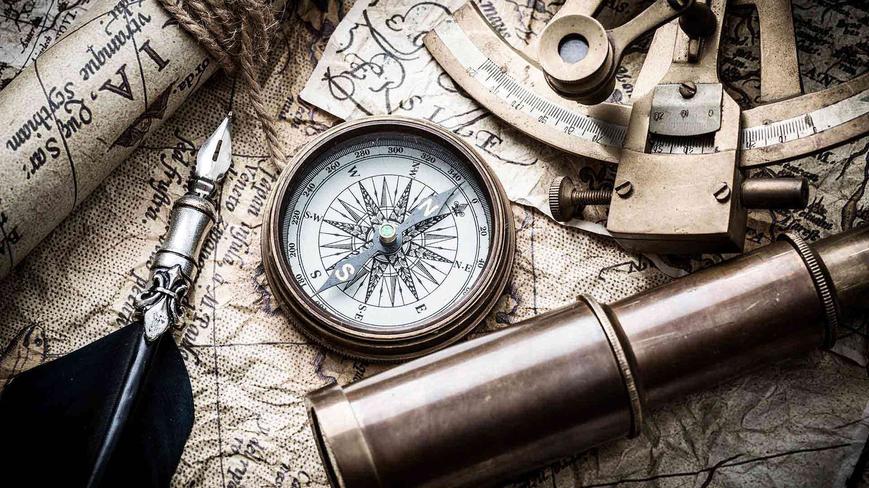
Understanding the origin of “Dia is Muire duit” helps reveal the layers beneath everyday speech. It reminds speakers and learners that even simple phrases carry weighty history. It also explains why Irish greetings are unlike the straightforward hellos found elsewhere, packed with spiritual resonance.
For the curious, next time you say “Dia is Muire duit”, you can picture the centuries of faith influencing your words. And maybe, just maybe, imagine that earlier Ireland where greetings rested in mystery or perhaps in different kinds of blessings – unknown but no less meaningful.
Practical Tips for Embracing This Irish Greeting

- Use it with respect: It’s more than a hello; it’s a blessing. Saying “Dia is Muire duit” to Irish speakers can be a warm gesture of goodwill.
- Try the extended form: Add “Pádraig” in there for extra charm: “Dia is Muire is Pádraig duit.” It shows deeper knowledge of Irish tradition.
- Learn the response: The typical answer is “Dia is Muire is Pádraig ort”—which means “God, Mary, and Patrick be with you too,” flipping the blessing back.
- Respect its origins: Know that your greeting connects you to Ireland’s Christian heritage and past unknowns, creating a bridge across time.
Final Thoughts: A Greeting as a Cultural Bridge
“Dia is Muire duit” isn’t just a phrase; it’s a living snapshot of Ireland’s spiritual journey. Its roots are Christian, and its branches reach far into history. Though the exact words of pre-Christian Irish greetings remain a mystery, this phrase helps us appreciate how language captures culture, faith, and identity.
Whether you’re visiting Ireland, chatting with Irish friends, or diving into the language, this greeting is a handshake with history—blessing and all.
“Language is a map of human history. Each phrase carries stories, beliefs, and the spirit of a people.” — Anonymous Linguist
